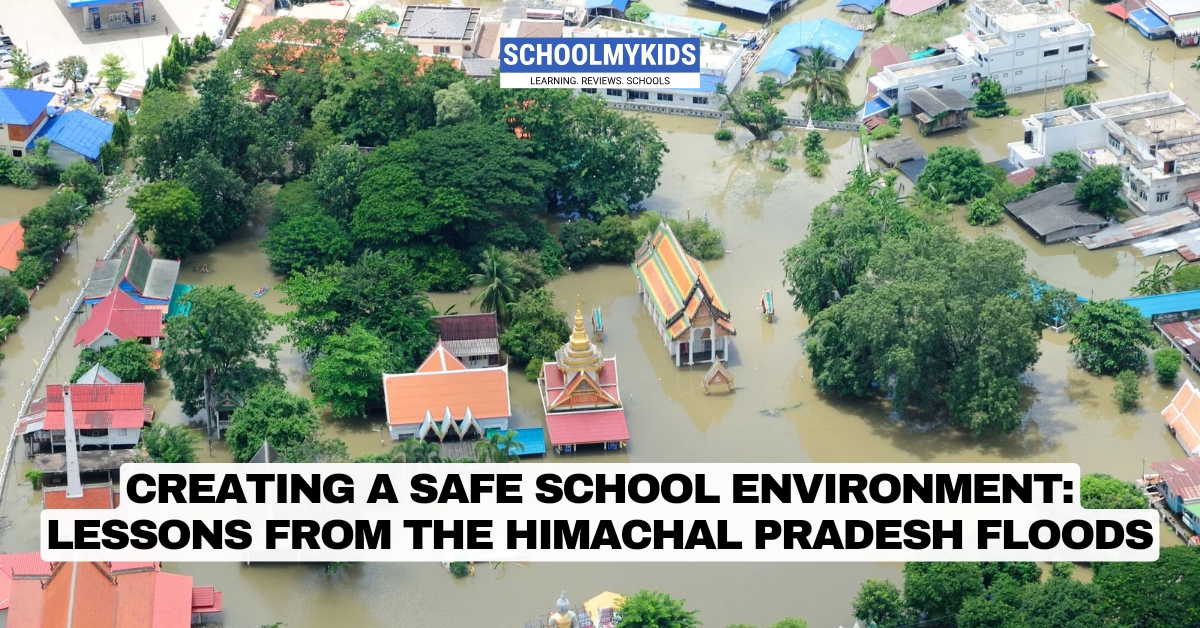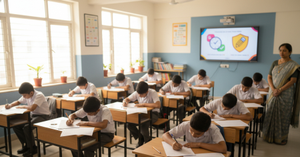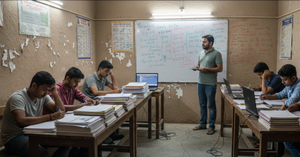The recent Himachal Pradesh Flash Floods have once again highlighted the devastating impact of extreme weather events on human lives and infrastructure. As climate change continues to deepen the intensity and frequency of such disasters, we must understand the underlying concepts and terminologies and the reasons behind these catastrophic events. By learning from these unfortunate incidents, we can better prepare ourselves and our communities to mitigate the risks and respond effectively when faced with similar situations.
What are Flash Floods?
Flash floods are sudden, high-velocity floods caused by intense rainfall over a short period of time, often within a few hours or even minutes. Various factors, such as heavy rainfall, dam or levee failures, or rapid snowmelt, can cause them. Flash floods are hazardous because they can develop quickly, move at high speeds, and carry a significant amount of debris, seriously threatening life and property.
Causes of Himachal Pradesh Flash Floods
The recent flash floods in Himachal Pradesh were primarily triggered by cloudbursts, which are sudden, intense rainfall events that occur over a small geographical area. Cloudbursts can quickly dump a large amount of precipitation, leading to rapid runoff and flooding in nearby streams and rivers.
In addition to cloudbursts, human-induced factors have also contributed to the severity of the floods. Unplanned development, such as the construction of hydropower projects, roads, and cement plants, has altered the natural landscape and disrupted the ecosystem. These activities have led to deforestation, soil erosion, and changes in land use patterns, which can exacerbate the impact of heavy rainfall and increase the risk of flash floods.
Impact of the Himachal Pradesh Flash Floods
The flash floods in Himachal Pradesh have caused significant damage to lives and property. At least five people have died, over 50 people are missing, and scores of houses and infrastructure have been damaged. Roads, including the Chandigarh-Manali and Manali-Leh highways, have been blocked, hampering rescue and relief efforts.
The floods’ impact has been particularly intense in areas where hydropower projects and other development activities have been concentrated. The Malana hydro project, for instance, suffered vast damage due to the flash floods in the Malana rivulet. The floods have also affected the tourism industry, with many roads and bridges being washed away or damaged.
Teaching Children About Nature and Safety
Educating children about the power of nature and safety measures can foster resilience and preparedness in the face of natural disasters. Here are some effective strategies:
Understanding Natural Disasters
- Interactive Learning: Use simulations and models to demonstrate how floods occur and their impacts. Activities like building structures with blocks can help children understand the importance of proper engineering and planning.
- Field Trips: Organize visits to local rivers or flood-prone areas to observe the environment and discuss the causes and effects of flooding.
- Storytelling: Share stories or case studies about past floods, including the recent events in Himachal Pradesh, to illustrate the real-life consequences of natural disasters.
Safety Measures
- Emergency Preparedness Plans: Prepare children on how to create a family emergency plan, including evacuation ways and emergency contacts.
- First Aid Training: Basic training can empower children to help themselves and others in emergencies.
- Community Engagement: Encourage participation in community safety drills and programs focusing on disaster preparedness to make children feel connected and part of a more extensive safety network.
- Environmental Education: Discuss the importance of respecting nature and the impacts of human activities on the environment, emphasizing sustainable practices.
Conclusion
The Himachal Pradesh flash floods serve as a stark reminder of the power of nature and the need for proactive measures to mitigate the risks of such disasters. By understanding the underlying concepts, causes, and impacts of flash floods, we can better prepare ourselves and our communities to respond effectively when faced with similar situations. We must support sustainable development practices, promote disaster preparedness, and work together to build resilient societies to fight the challenges posed by climate change and severe weather events.








Be the first one to comment on this story.